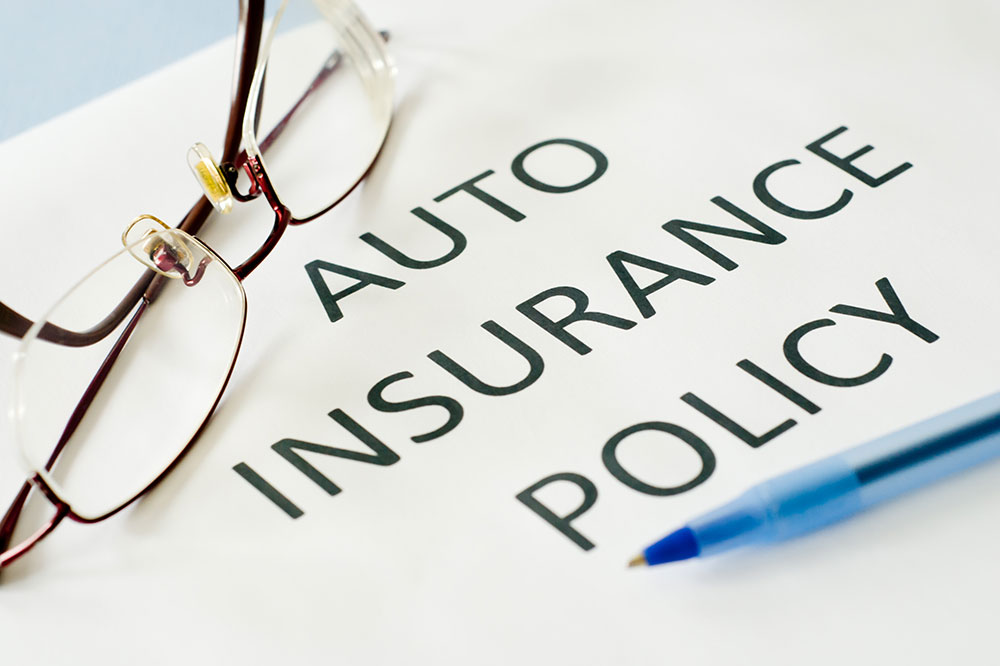Comprehensive Guide to Securing Optimal Auto Insurance Coverage
This detailed guide provides essential steps for selecting and securing optimal auto insurance coverage, highlighting legal requirements, key coverage options, and tips for comparing policies. It aims to help vehicle owners understand the importance of comprehensive protection, avoid common pitfalls, and choose the best insurance provider suited to their needs, ensuring legal compliance and financial security.

Complete Strategies for Effective Auto Insurance Enrollment
Auto insurance is a critical component of responsible vehicle ownership, providing financial protection against the unpredictable nature of road accidents and unforeseen damages. The importance of having valid auto insurance is underscored by legal requirements in many jurisdictions, including regulations like the 1978 Diplomatic Relations Act and the Foreign Missions Act, which mandate all vehicles to carry liability coverage at all times. Proof of insurance must be presented during vehicle registration and may be subject to inspection during traffic stops or insurance audits. Ensuring your auto insurance coverage complies with local laws is the foundational step for every vehicle owner.
Understanding the essentials of auto insurance selection can significantly impact your financial security and peace of mind. In this comprehensive guide, we will explore critical considerations, tips for choosing the right policy, and step-by-step instructions to streamline your enrollment process. Whether you're a new driver or renewing your existing coverage, mastering these steps can help you obtain adequate protection while optimizing your expenses.
Key considerations when selecting auto insurance include:
Liability and Injury Protection
Your primary concern should be safeguarding yourself, your passengers, and other road users. Liability coverage protects you financially if you cause injuries or damage to others' property. Additionally, health insurance can cover the medical costs for injuries sustained in accidents. If your current health policy lacks sufficient coverage for vehicle accidents, consider increasing your liability limits to shield your assets and prevent out-of-pocket expenses.
Uninsured and Underinsured Motorist Coverage
Research indicates that approximately 14% of at-fault drivers are uninsured, which puts you at risk in the event of an accident caused by such a driver. Also, sometimes other drivers may have insufficient coverage to fully cover damages. To mitigate this risk, it is advisable to include uninsured/underinsured motorist coverage in your policy, even if it slightly raises premiums. This coverage ensures that in accidents involving uninsured drivers, your damages are still protected.
In the unfortunate event of a major collision, insurance companies typically settle vehicle damages either through your insurer or the at-fault party’s insurer. However, natural calamities like floods, storms, or earthquakes require comprehensive coverage to cover damages or vehicle replacement costs. Therefore, selecting a policy with sufficient coverage limits is essential for comprehensive protection.
Further, vehicle breakdowns can occur unexpectedly, impacting your mobility and financial stability. Including roadside assistance options, towing services, and rental car coverage in your policy can help you handle such occurrences without significant disruption.
Here are detailed steps to help you apply for auto insurance efficiently:
Review and understand your state's minimum auto insurance requirements; these are legally mandated coverage levels.
Assess your personal risk profile, including factors like driving habits, vehicle value, assets, and budget constraints, to determine the appropriate coverage levels.
Check your driving history for tickets, violations, or previous claims, as these impact your premium rates.
Compare your existing policy's coverage features, limits, and costs with other available options to ensure competitiveness.
Gather quotes from multiple insurance providers through online comparison tools, direct inquiries, or insurance agents.
Seek clarifications regarding policy details, coverage exclusions, deductibles, and claim procedures from potential insurers.
Explore available discounts, such as safe driver discounts, bundling policies, or installing safety and anti-theft devices.
Research insurer reputation by reading customer reviews and seeking recommendations from trusted sources like friends and family.
Carefully scrutinize the policy documents before signing to understand the scope of coverage, exclusions, and terms.
Finalize your choice and ensure your old policy is canceled to avoid overlapping coverage and unnecessary expenses.
Adhering to these comprehensive steps will help you secure the best auto insurance policy tailored to your needs and ensure compliance with legal standards. Remember to periodically review and update your coverage as circumstances change, such as purchasing a new vehicle or experiencing life events that impact your insurance needs.





